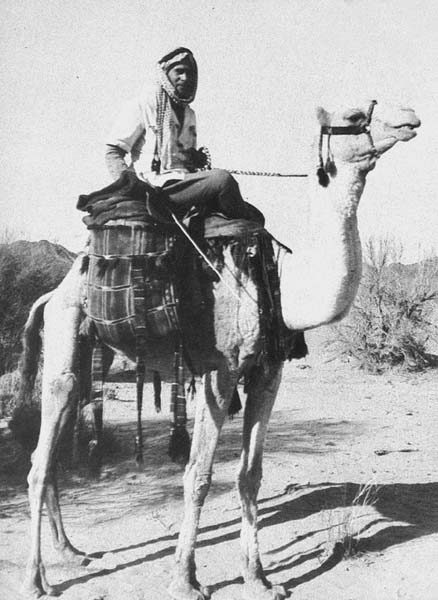From Camels to Computers: A Short History of Archaeological Method

Professional archaeologists are often amused by the popular image many people have of us as fearless adventurers, dashing from one exciting escapade to another like Indiana Jones. Little do they know that our work is often conducted in dusty, out-of-the-way places that hold little interest to anyone but us. Until very recently, our tools have been modest worker’s implements: trowels, picks, levels and buckets. Supplementing these now are a whole array of high-tech machines that are swiftly changing the way we excavate.
How do we really dig? And how have we dug in the past? In BAR’s March/April issue this year, Shlomo Bunimovitz showed how the interpretation of archaeological finds has evolved over the past century (“How Mute Stones Speak,” BAR 21:02). It is appropriate that we now look back at how archaeologists have conducted their excavations and, even more important, survey the new techniques that are taking the study of the past into the future.
Already a library member? Log in here.
Institution user? Log in with your IP address.

